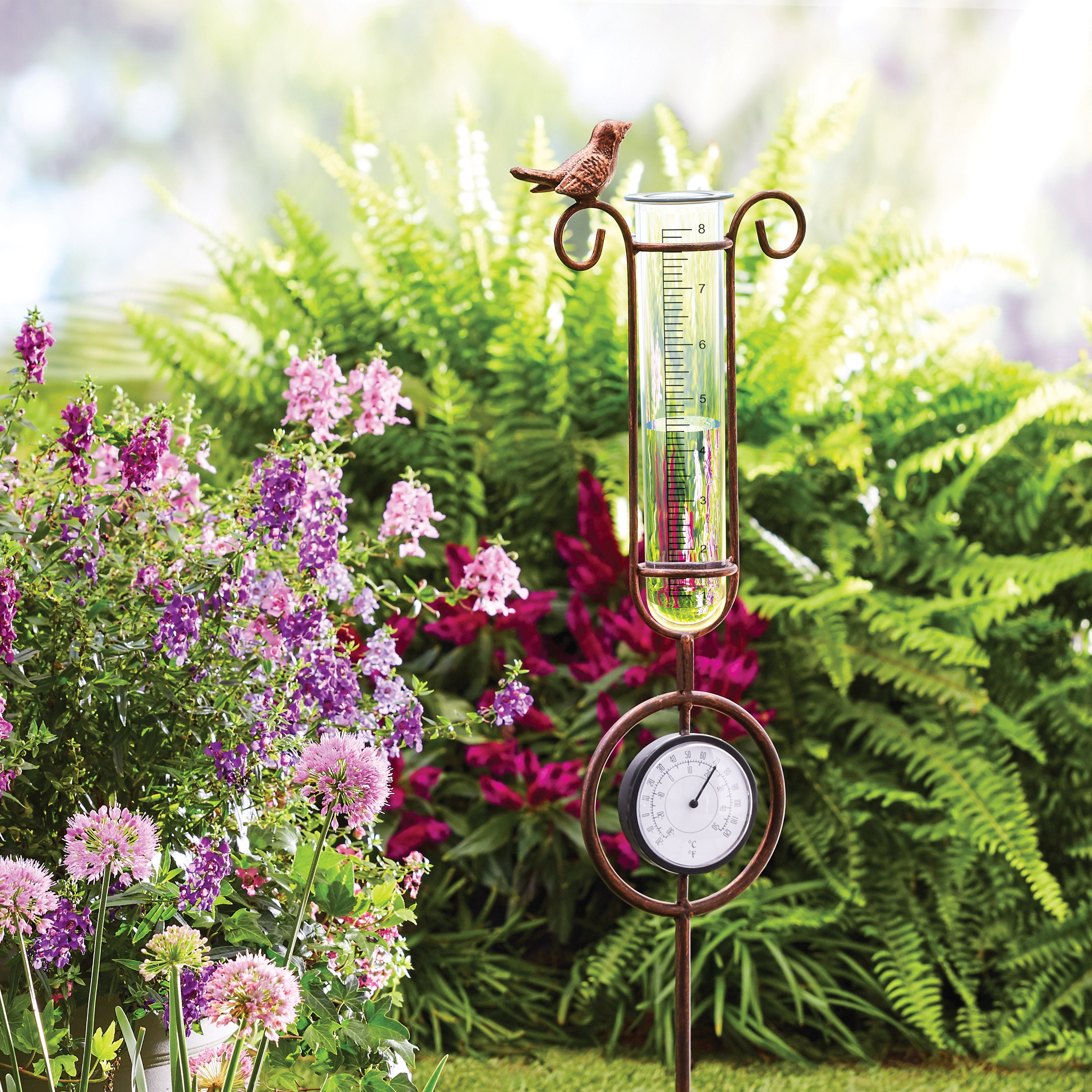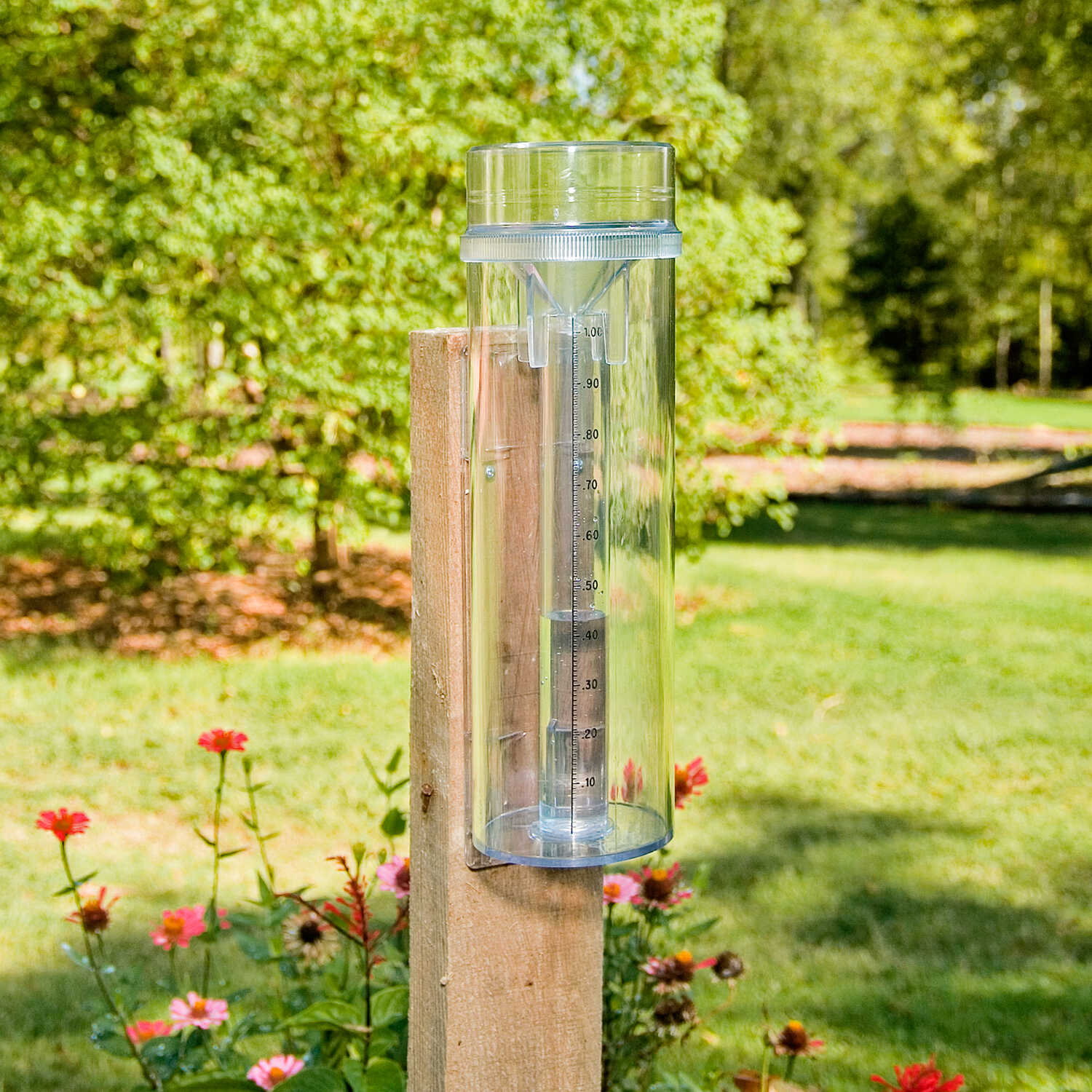The Rain Gauge: Encouraging Areas with Specific Rain Information
The Rain Gauge: Encouraging Areas with Specific Rain Information
Blog Article
Understanding Rainfall Gauge Dimensions: A Complete Overview
Comprehending Rain Scale Dimensions: A Total Overview is a detailed resource for any person looking for a much deeper understanding of rain scale dimensions. Rainfall is an important consider various markets, consisting of meteorology, farming, and water source administration. This overview aims to supply visitors with a thorough understanding of the relevance of rain gauge dimensions, the different sorts of rain gauges available, and exactly how these dimensions are gotten and translated. Additionally, it explores the elements that can impact the accuracy of rain scale analyses and uses sensible pointers for obtaining exact dimensions. Whether you are a professional in the field or simply have an inquisitiveness regarding rainfall measurement, this guide will outfit you with the expertise required to properly make use of rainfall gauge measurements.
The Value of Rain Scale Measurements
The significance of rainfall gauge measurements lies in their role as a vital tool for precisely examining and keeping an eye on rainfall levels - The Rain Gauge. Rain scale measurements provide beneficial data that helps meteorologists and hydrologists understand patterns and patterns in rainfall, which consequently aids in various areas such as agriculture, water source management, and environment research study

Exact rainfall measurements are vital for agriculture as they help in determining irrigation needs, plant growth, and return predictions. Farmers count on this information to make educated choices concerning when to sprinkle their crops, stopping water wastage and guaranteeing optimum crop wellness. In addition, rainfall data assists in examining the impact of droughts or too much rains on plant manufacturing, allowing farmers to take appropriate steps to lessen losses.
Water source monitoring heavily relies upon rainfall scale dimensions to establish the quantity of water available in lakes, tanks, and rivers. Exact dimensions allow water supervisors to make educated choices regarding water allocation and circulation, ensuring lasting use and avoiding lacks. This info is especially vital in areas where water deficiency is a pushing concern.
Moreover, rainfall scale dimensions play an essential duty in environment research study. By accurately gauging rains over expanded durations, researchers can examine long-lasting environment patterns and recognize adjustments in precipitation patterns due to climate change. This data aids policymakers and researchers develop strategies to adjust to and minimize the results of environment change.
Sorts Of Rainfall Scales
There are numerous sorts of rain determines made use of to determine precipitation properly. Each kind has its very own benefits and constraints, making them appropriate for various functions and environments.
One of the most typical sort of rainfall gauge is the conventional cylindrical gauge. It contains a round container with a large funnel-shaped top to collect rain (The Rain Gauge). The water is then channelled into a finished determining tube, permitting accurate measurement of the quantity of rainfall
Another kind is the considering rain gauge. Weighing rain assesses are specifically helpful in locations with frozen precipitation or hefty rains, as they are not influenced by spraying or dissipation.
Tipping bucket rainfall evaluates utilize a device that tips a little pail each time it accumulates a specific amount of rainwater. The number of ideas is taped and utilized to compute the rainfall. This sort of scale is commonly made use of in automated weather terminals due to its reduced upkeep needs and ability to supply real-time information.
Finally, there are radar-based rain gauges that use radar innovation to estimate rainfall. These determines gauge the strength of rains in a details location by examining the shown radar signals. They are especially beneficial for measuring precipitation over large locations or in remote places.
How Rain Gauge Measurements Job
Rainfall scale measurements are based on the concept of gauging the amount and collecting of rainfall. These tools are created to record rainwater and offer an accurate dimension of the rainfall in a specific area.
One of the most typical kind of rainfall gauge is the basic round scale. It consists of a cylindrical container with a broad opening on top to gather rainwater. The gathered water is after that funneled right into a determining tube, which is calibrated to provide the measurement in systems of length, typically inches or millimeters.
Another sort of rain scale is the tipping container scale. When they reach a certain weight limit, it uses a seesaw-like device with two containers that tip. Each tip of the pail represents a details volume of rains, enabling specific measurements.
Some sophisticated rainfall evaluates are outfitted with digital sensors that instantly document and transmit information. These sensing units make use of various innovations such as ultrasound or laser to gauge the amount of rainfall accurately.
Variables Affecting Rain Scale Precision
Ecological factors such as wind, temperature, and atmospheric stress can significantly affect the accuracy of rainfall scale dimensions. Adjustments in climatic pressure can also influence the accuracy of rain gauge dimensions, as they can modify the price at which rains is accumulated.
Operational variables, on the other hand, refer to variables connected to the design, installation, and upkeep of the rainfall gauge. The positioning of the rainfall scale in an area with blocked air movement or near buildings or trees can bring about imprecise analyses due to blockage or splattering of rains. Improper calibration or uneven upkeep of the rain scale can also affect its precision.
To make certain the precision of rainfall gauge dimensions, it is important to consider these factors and take ideal steps. This might include selecting an appropriate area for the rain scale, making sure proper installment and maintenance, and frequently calibrating the instrument. By addressing these aspects, precise and reliable rains dimensions can be gotten, which are important for different applications such as weather condition forecasting, hydrological studies, and agriculture.
Tips for Precisely Determining Rain
To guarantee exact rains measurements, it is critical to execute details techniques and techniques when using a rainfall scale. Here are some navigate here suggestions for properly measuring rains:
Correct Placement: Put the rainfall scale in an open area, away from trees, structures, and various other blockages that may disrupt the rains collection. It should be positioned on a level surface area to stay clear of water pooling or overflow.

Check Out the Scale Appropriately: When taking dimensions, read the water level at eye degree from the base of the meniscus. Prevent parallax errors by aligning your sight straight with the water level.
Regular Time Period: Set a constant time interval for measuring rains, such as every 24 hr or after each rainfall occasion. This makes certain exact monitoring and comparison my blog of rainfall data.
Record Measurements Promptly: Videotape rains dimensions asap after collection to stop evaporation or spillage. Make use of a rainfall scale with a built-in data logging attribute for automated recording.
Conclusion
In conclusion, recognizing rain gauge dimensions is critical for accurately measuring rains. It is important to think about variables that can influence the precision of rain scale dimensions, such as positioning, evaporation, and wind.
Understanding Rain Scale Dimensions: A Complete Guide is a detailed resource for any individual looking for a much deeper understanding of rain gauge dimensions. Whether you are an expert in the area or merely have a curiosity regarding rains dimension, this guide will furnish you with the understanding required to properly make use of rain gauge measurements.
The most typical kind of rainfall gauge is the conventional round scale.The most usual kind of rainfall scale is the typical cylindrical gauge.One more type of rain scale is the tipping bucket gauge.
Report this page